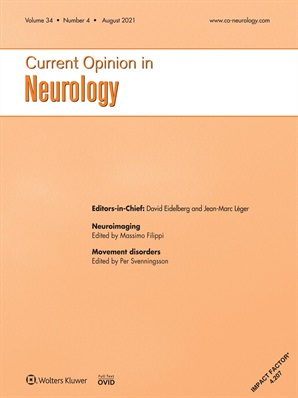Abstract
Purpose of the review
Pure autonomic failure (PAF) is a peripheral autonomic neurodegenerative disease caused by alpha-synuclein deposition that is predominantly confined to peripheral autonomic neurons. Patients present with insidious features of autonomic failure that have a chronic course.
In this review, we highlight the features of PAF, the differentiating features from other autonomic neuropathies, the diagnostic tests, and the predictors for conversion to a central synucleinopathy.
Recent findings
Natural history studies have defined the predictors for and rate of conversion to a central alpha-synucleinopathy. Skin immunohistochemistry techniques and demonstration of length-dependent neuronal loss of both somatic and autonomic small fiber nerves, and intraneural phosphorylated synuclein deposition provide diagnostic biomarkers. In the future, diagnosis maybe supported by measuring cerebrospinal fluid alpha-synuclein oligomers using techniques, such as protein misfolding cyclic amplification assay and real-time quaking-induced conversion.
Summary
PAF is a sporadic peripheral autonomic neurodegenerative disease that belongs to the group of disorders known as alpha-synucleinopathies. Peripheral autonomic manifestations are similar to those seen in other autonomic neuropathies, particularly, diabetic autonomic neuropathy, amyloid polyneuropathy, and autoimmune autonomic neuropathies. Novel diagnostic procedures like skin immunohistochemistry for alpha-synuclein, and protein amplification techniques are being investigated to provide an earlier and more specific diagnosis. A substantial number of PAF patients’ phenoconvert to a central alpha-synucleinopathy.
doi: 10.1097/WCO.0000000000000985




